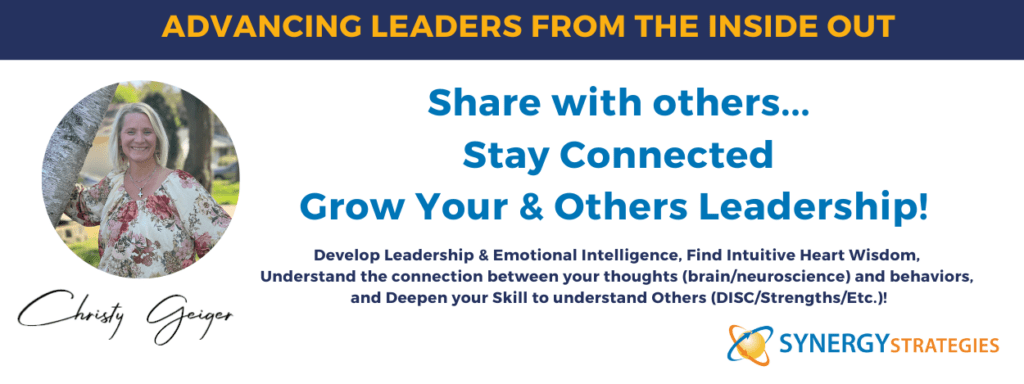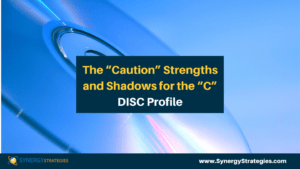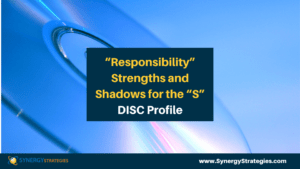Do you have any favorite sayings or words you frequently use or have made up to reference something?
I find that there are a few words that I commonly use to help reference or summarize concepts. I hear others using the words, so thought I would share a few in case they are useful for you as well!
These words are also helpful to “label” the slide of communication and quickly bottom-line name it, without being insulting or anyone getting defensive so that there is transparent communication.
- Co-design – This is the practice of not telling or compromising, but rather taking time to understand everyone’s wants and needs and co-creating a solution that is a win-win. When co-designing there are agreements, a plan, and clarity in who is doing what, by when, and how we will know. It ensures people feel heard, respected, and confident in a relationship and with what is happening. It is a beautiful way to approach personal and professional relationships.
Used in a sentence, “Let’s co-design this. What is important to you?” - Squishy – This is when a comment, commitment, or leadership-type effort is vague, non-committal, ambiguous, or unclear. It tends to try and respond to things yet creates space for future conflict, lack of follow-through, and miscommunication. Sometimes things need to be squishy, but when addressing something as squishy is when it truly needs more definition, clarity, or a plan so that it does not defer whatever conflict, challenge, or planning is trying to be addressed in the first place.
Used in a sentence, “That sounds squishy. What do we need to do or what are you really saying?” - Withhold – This is when energetically you can feel not everything is being said even though it seems everything is on the table. It is a type of third-level listening and intuitive awareness that allows you to sense when the words say, “All is well,” but it feels like there is something that is not really okay or someone is not wholeheartedly in agreement. This is not about questioning or not trusting someone, it is about genuine caring and awareness. It is being present to the energy of the situation and checking in to see if there are “any withholds” that are not being said but might be creating some doubt, pause, question, or hesitation. People don’t usually know this word, but once explained individuals can check in with themselves and appreciate the concern to make sure all is well.
Used in a sentence, “Do you have a withhold?” - Marinate – This is when something needs to be thought about or reflected on. It is a nice way of giving space and time for thought and processing. It also recognizes some things are better after a bit more time to sit, simmer, and chew on, much like a meat marinade which requires 30 minutes to a few hours to make sure the meat is rich, savory, and flavorful. When “marinating” on something is not just about more time to think about something, it is about the intentional effort to really develop a thought, walk around it, and color it in. It makes the thought “richer” with the deliberate effort to enhance and develop it with deeper and greater thought.
Used in a sentence, “Do you want to marinate on that?” - SCARFed – Referencing the “SCARF” Model from David Rock and The NeuroLeadership Institute, this refers to the five domains of human social experience. It is the five core aspects where the brain can get triggered negatively which would create a more emotional response from the limbic system, making it more challenging to communicate in a positive and mature way. When a human feels the positive experience of the five core areas, they can respond thoughtfully and in a generally healthy and proactive way. The five areas are Status, Certainty, Autonomy, Relatedness, and Fairness. Once understanding the model, it applies broadly to humans, conversations, and relationships – both personal and professional. Often when a person is triggered by one or more of the five SCARF domains, humans tend to be in their reaction until they can pause to assess and recognize if they are in fact struggling because they have gotten triggered in one of these areas. In these situations, it is useful to use the word, “SCARFed”. Used in a sentence, “Are you getting SCARFed?”
Communication is such an art and can seem so simple yet be so challenging. Being aware of words and listening beyond words is useful to ensure communication is clear and positive. The use of some of these terms above can help to ensure communication is thorough, clean, and positive.






